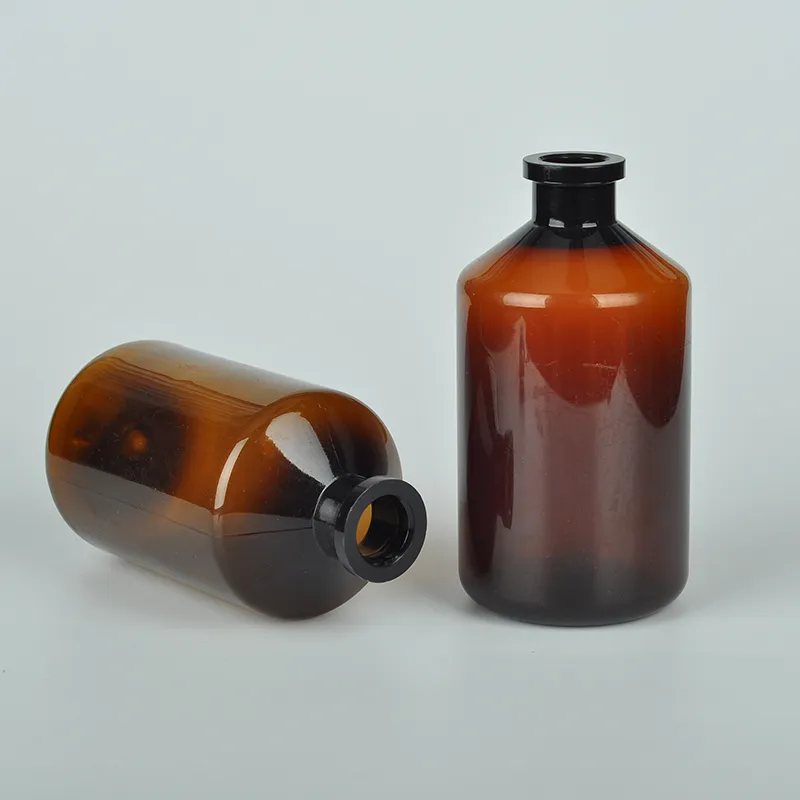
-
 Afrikaans
Afrikaans -
 Albanian
Albanian -
 Amharic
Amharic -
 Arabic
Arabic -
 Armenian
Armenian -
 Azerbaijani
Azerbaijani -
 Basque
Basque -
 Belarusian
Belarusian -
 Bengali
Bengali -
 Bosnian
Bosnian -
 Bulgarian
Bulgarian -
 Catalan
Catalan -
 Cebuano
Cebuano -
 Corsican
Corsican -
 Croatian
Croatian -
 Czech
Czech -
 Danish
Danish -
 Dutch
Dutch -
 English
English -
 Esperanto
Esperanto -
 Estonian
Estonian -
 Finnish
Finnish -
 French
French -
 Frisian
Frisian -
 Galician
Galician -
 Georgian
Georgian -
 German
German -
 Greek
Greek -
 Gujarati
Gujarati -
 Haitian Creole
Haitian Creole -
 hausa
hausa -
 hawaiian
hawaiian -
 Hebrew
Hebrew -
 Hindi
Hindi -
 Miao
Miao -
 Hungarian
Hungarian -
 Icelandic
Icelandic -
 igbo
igbo -
 Indonesian
Indonesian -
 irish
irish -
 Italian
Italian -
 Japanese
Japanese -
 Javanese
Javanese -
 Kannada
Kannada -
 kazakh
kazakh -
 Khmer
Khmer -
 Rwandese
Rwandese -
 Korean
Korean -
 Kurdish
Kurdish -
 Kyrgyz
Kyrgyz -
 Lao
Lao -
 Latin
Latin -
 Latvian
Latvian -
 Lithuanian
Lithuanian -
 Luxembourgish
Luxembourgish -
 Macedonian
Macedonian -
 Malgashi
Malgashi -
 Malay
Malay -
 Malayalam
Malayalam -
 Maltese
Maltese -
 Maori
Maori -
 Marathi
Marathi -
 Mongolian
Mongolian -
 Myanmar
Myanmar -
 Nepali
Nepali -
 Norwegian
Norwegian -
 Norwegian
Norwegian -
 Occitan
Occitan -
 Pashto
Pashto -
 Persian
Persian -
 Polish
Polish -
 Portuguese
Portuguese -
 Punjabi
Punjabi -
 Romanian
Romanian -
 Russian
Russian -
 Samoan
Samoan -
 Scottish Gaelic
Scottish Gaelic -
 Serbian
Serbian -
 Sesotho
Sesotho -
 Shona
Shona -
 Sindhi
Sindhi -
 Sinhala
Sinhala -
 Slovak
Slovak -
 Slovenian
Slovenian -
 Somali
Somali -
 Spanish
Spanish -
 Sundanese
Sundanese -
 Swahili
Swahili -
 Swedish
Swedish -
 Tagalog
Tagalog -
 Tajik
Tajik -
 Tamil
Tamil -
 Tatar
Tatar -
 Telugu
Telugu -
 Thai
Thai -
 Turkish
Turkish -
 Turkmen
Turkmen -
 Ukrainian
Ukrainian -
 Urdu
Urdu -
 Uighur
Uighur -
 Uzbek
Uzbek -
 Vietnamese
Vietnamese -
 Welsh
Welsh -
 Bantu
Bantu -
 Yiddish
Yiddish -
 Yoruba
Yoruba -
 Zulu
Zulu
Understanding the Functions and Applications of Red Serum Separator Tubes in Clinical Laboratories
Understanding Red Serum Separator Tubes Purpose and Applications
Red Serum Separator Tubes (SSTs) are essential tools in the field of laboratory medicine, playing a crucial role in the collection and processing of blood samples. These tubes are specifically designed to facilitate the separation of serum from blood clots, making them invaluable in various diagnostic and research applications.
Composition and Structure
Red serum separator tubes typically feature a standard glass or plastic tube coated with a special gel-like substance. This gel is crucial as it forms a barrier between serum and clot after centrifugation, allowing for the easy retrieval of serum samples. The red color of the tube signifies that it does not contain any additives that would interfere with the testing process. This makes SSTs optimal for a variety of serological tests, including hormone levels, glucose, and metabolites.
The Blood Sample Collection Process
To use a red serum separator tube, a healthcare professional follows a specific procedure to collect blood. A needle is inserted into a patient’s vein, and blood is drawn into the tube. It is essential to ensure that the tube is filled to the appropriate level to maintain the correct ratio of blood to the gel. Once collected, the tube is gently inverted several times to mix the blood with the clot activator. This process initiates the coagulation cascade, allowing the blood to clot effectively.
After allowing sufficient time for clotting, the tubes are then centrifuged at specified speeds. The centrifugal force helps separate the blood components the heavier blood cells settle at the bottom, while the lighter serum rises and forms a distinct layer above the clot. The gel barrier formed during this process serves not only to separate but also to preserve the serum, safeguarding it from contamination.
Important Applications
red serum separator tube

Red serum separator tubes are widely used in clinical laboratories for serum chemistry testing. They enable healthcare providers to obtain vital information about a patient’s health status quickly and efficiently. Common tests performed on serum obtained from SSTs include liver function tests, kidney function tests, electrolyte levels, and lipid panels.
In addition to routine diagnostics, SSTs are also used in various research applications. Researchers often rely on serum samples for studies related to immunology, toxicology, and pharmacology, as these tests require high-quality, uncontaminated samples. The ability to store and transport serum securely makes SSTs an ideal choice for both clinical and research environments.
Advantages of Red Serum Separator Tubes
One of the significant advantages of using red serum separator tubes is the convenience they offer. The gel barrier extends the shelf life of the serum, making it possible to store samples at room temperature for a period before processing. This feature is particularly beneficial in situations where immediate processing is not feasible.
Additionally, the design of SSTs minimizes the risk of contamination, ensuring that test results are accurate and reliable. The use of a closed system during blood collection protects samples from airborne contaminants, a crucial consideration in laboratory settings.
Conclusion
In summary, red serum separator tubes are vital instruments in the realm of medical diagnostics and laboratory research. Their design enhances the efficiency of serum collection and processing, enabling healthcare professionals to deliver timely and accurate test results. As advancements in technology and materials continue to evolve, SSTs are likely to become even more integral to modern diagnosis and research, underscoring their importance in supporting healthcare outcomes.
-
Premium Metal Dropper Bottle for Precise Dispensing 250ml & 1ml Options AvailableNewsJul.04,2025
-
20 ml Headspace Vials - High Quality Polyethylene & Plastic Vials for Lab UseNewsJul.04,2025
-
Small Bottle with Pipette - Precise Dispensing 100ml Pipette Bottles for Essential Oils & Lab UseNewsJun.24,2025
-
Acetic Anhydride Bottle for Accurate Dropper Measurement in Pharmacy Use High-Quality Dropper BottlesNewsJun.10,2025
-
Innovative PET Bottle Design for Juice – Unique Shapes & Customization OptionsNewsJun.10,2025
-
20 Pack Sterilized Petri Dishes – Assorted Sizes, High Quality Small Plastic Petri Dishes for Lab UseNewsJun.10,2025






















